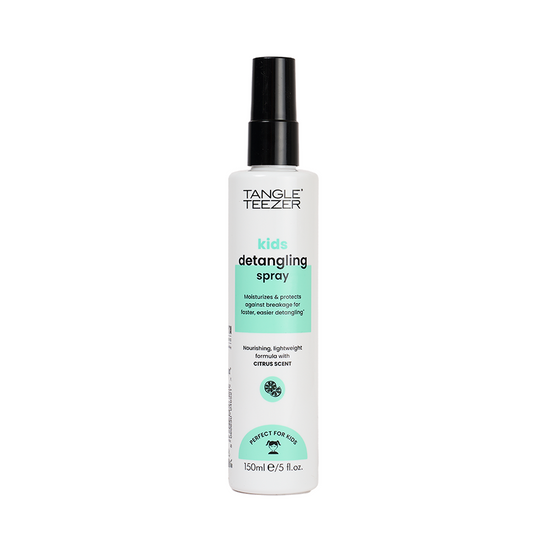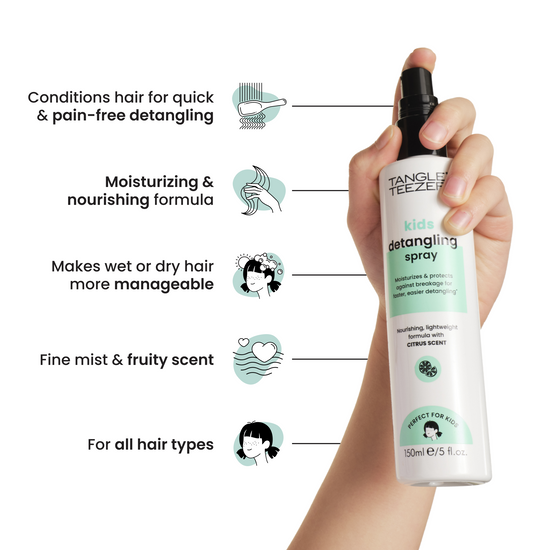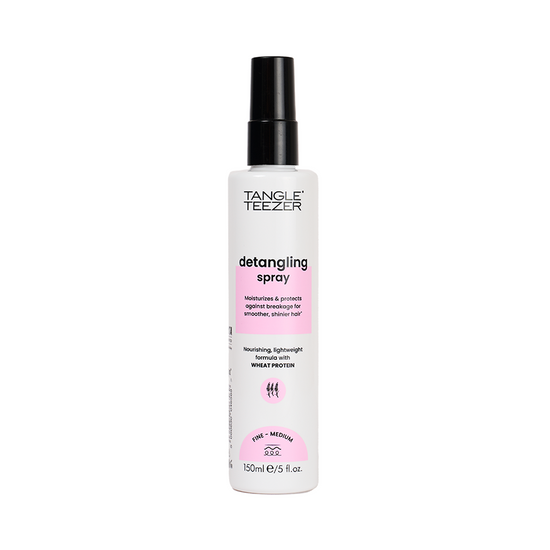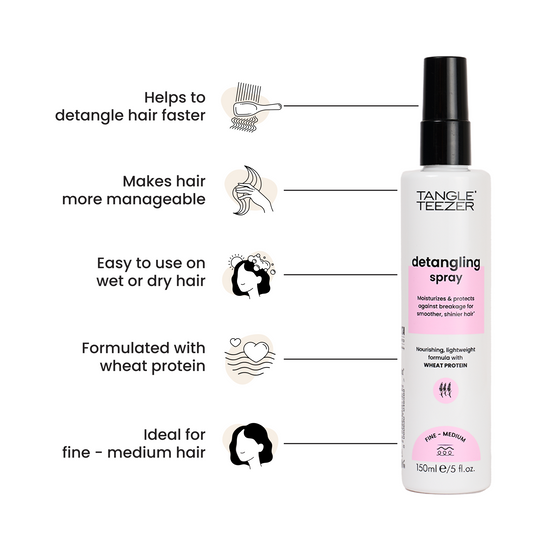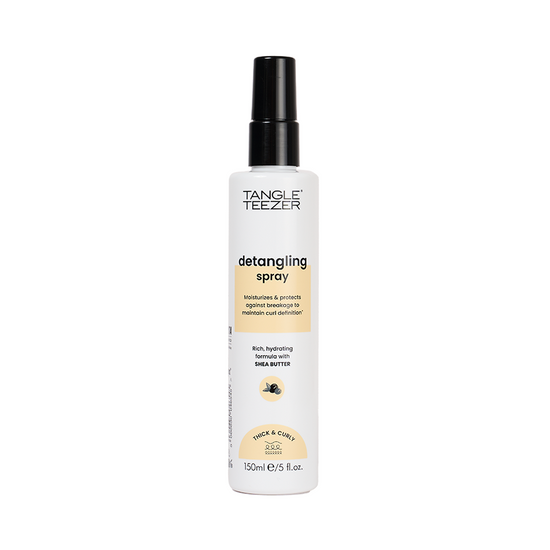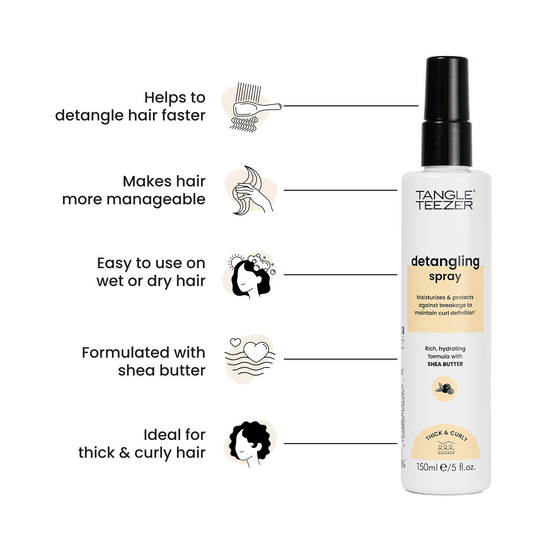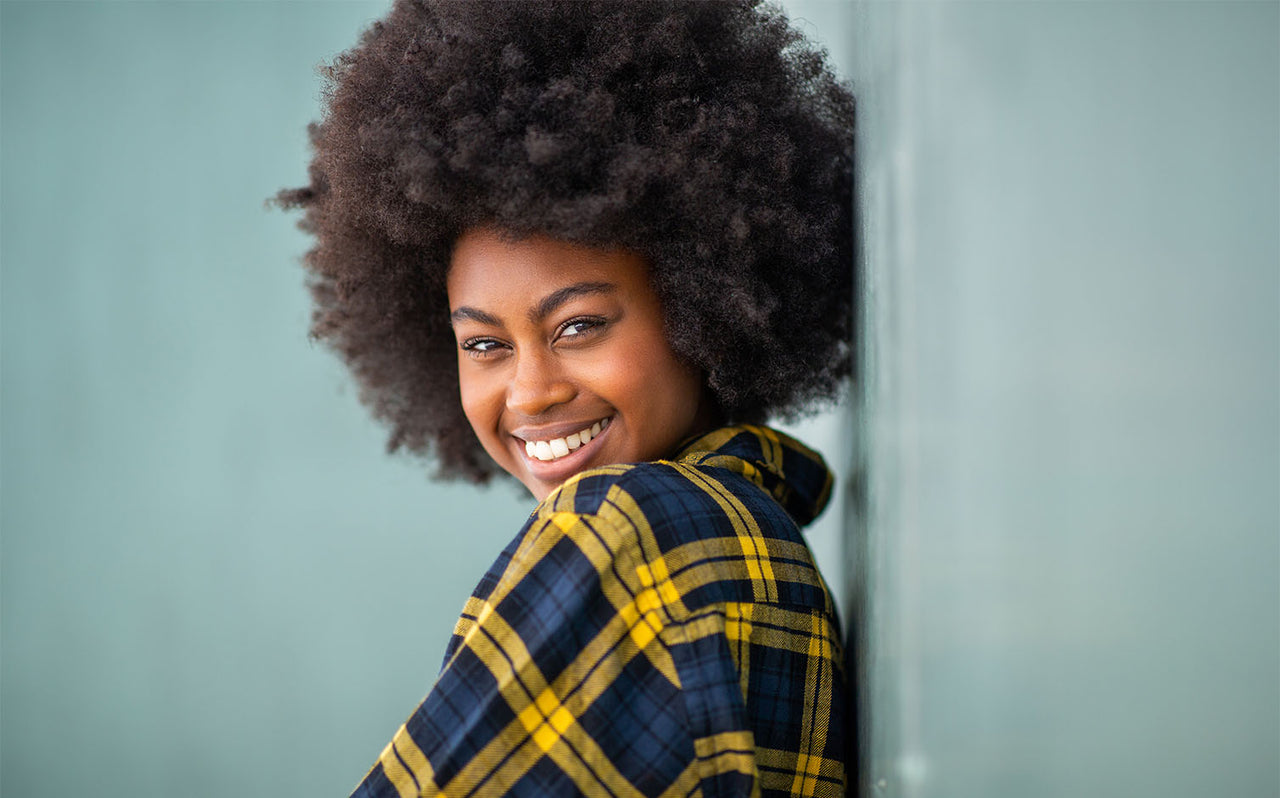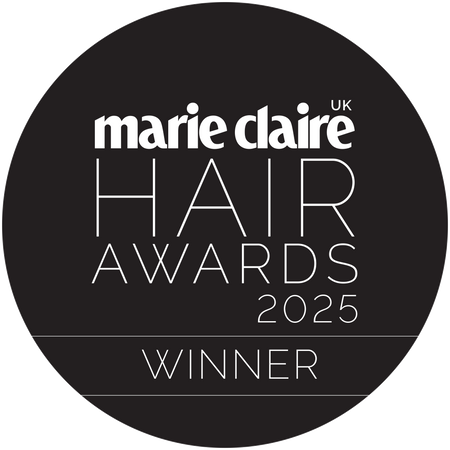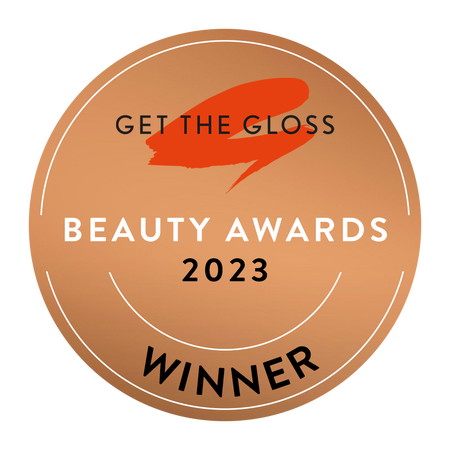Transitioning back to natural hair is having a moment. Representation of 3C-4C hair is on the rise, whilst sales of relaxers are dropping year on year. We love seeing curly girls and guys embracing their natural curls and coils, just as they are!

But if you - like many people - have spent years relaxing, straightening or hiding your hair, the transition back to your natural glory can be a real journey (and a test of your patience...) but it’s all worth it.
About to embark on this ride? We’ve got you. Afro-textured hair specialist and celebrity stylist The Snob is here with her top tips on transitioning back to your natural hair in the healthiest way possible.
1. Cut when necessary
Regular trims are one of the best ways to keep your hair looking and feeling healthy, but how often all depends on what you hope to achieve and what your hair has been through. If you are transitioning to natural hair, keeping on top of your trims is really important.
Firstly, if you have split ends or burnt hair from chemicals it is best to cut this off straight away as the hair fibers have become damaged and will never return to their normal form.
After that, it’s generally recommended to trim your hair every 3-4 months, but if you are trying to avoid split ends, The Snob would recommend trimming every 6 weeks. If you’re growing out chemical compromised hair (from products like relaxers), make sure you’re going every 12 weeks.
Whenever you get a trim, you should ask for around a quarter to half an inch off each time. It is possible to trim your hair at home, but it’s often a good idea to bring in the professionals - as it is not easy to see what is going on at the back of your own head!
But you don’t need the big chop
Whilst regular trims are a must - that doesn’t mean you have to go for the big chop. Despite the rumours, a dramatic haircut will not make a great difference to how fast your hair grows - that largely comes down to your scalp health and the follicles there.
However, The big chop does have other benefits such as, being able to monitor the time frame of your natural hair growth, being able to focus your attention on one hair texture and its needs and not having to deal with the appearance of two very different hair types. If you feel like starting fresh and giving your hair a good cut - go for it! But just remember it won’t necessarily speed up the growing out or transition process.
2. Keep hair moisturized and hydrated
Anyone with textured hair knows how important it is to keep the hydration levels high - and this is never more crucial than ever when you transition back to your natural hair. Without moisture your hair becomes dry and brittle - which can leave it looking and feeling damaged and stunt the transition process. Water molecules bind with the protein present in your hair, so you want to make sure you’re keeping your water levels topped up during your haircare routine.
Some of the easiest ways to do this is to use a Fine Mist Spray Bottle such as Tangle Teezer’s Spray Bottle whilst styling and to switch to water based products wherever possible. Not only will they quench your hair’s thirst but they are more easily absorbed compared to cream based formulas that often sit on top of the hair.
3. Deep Condition often
We can’t talk about hair hydration without talking about deep conditioning. Again, this should always be a part of your hair care routine, but when transitioning back to your natural hair, it’s a must. Everyone’s hair has different needs when it comes to deep conditioning, so you’ll know how often you need to do it for the biggest impact. Most people are fine to deep condition 2-4 times per month. Whereas, if your hair is severely damaged or dry, you should deep condition it once a week.
4. Cut back on heat styling
We're grateful for the styles that curlers and straighteners let us try out, but the fact is that heat is not good for our hair health - and definitely not helpful if you are trying to transition to your natural hair.
Heat protection sprays go a little way to reducing the impact heat styling has, but in reality they are only cutting down the amount of heat damage - not blocking it completely. When going through a hair transition your hair health should be top priority, so that might mean making a few tweaks to how you style.
For a heat-free way to curl hair, use bendy rollers which are really effective and curl your hair in any desired style. A straighter look is harder to achieve without heat, but depending on how dense your hair is, you could try swapping your straighteners for the hairdryer. Blow dry your hair on a cold or low setting using The Ultimate Vented Hairbrush and then add in an essential oil when wrapping your hair overnight.
Air Drying
On the subject of hairdryers, whilst they are less harmful than straighteners, they should still be avoided where possible. Air drying is going to be your hair’s best friend if you are transitioning. Textured hair is extremely sensitive and heat can cause it to become dry, damaged and frizzy over time - so towel or air drying is the safest method to dry hair.
5. Focus on scalp health / clean scalp
A healthy scalp = healthy hair - and that’s a fact. A clean scalp will promote good cell turnover and a healthy scalp will encourage hair growth, which is what we all want, right? When transitioning back to your natural hair, it’s more important than ever to keep on top of your scalp health. You should use a scalp brush to exfoliate the area regularly, removing dead skin cells from around the hair follicle. There are a whole bunch of benefits to using a scalp brush and The Tangle Teezer Scalp Exfoliator and Massager is the perfect tool for getting your scalp self care on. You can also support your scalp health from the inside out by taking Vitamins such as Vitamin E - known for nourishing skin - or applying Vitamin E oil directly to your scalp.
6. Avoid chemical treatments and harsh products
If heat is unhelpful for hair health then chemicals are the enemy. If you are embarking on a hair transition journey, there’s a chance that you have used chemical treatments - such as relaxers - in the past. Chemicals can change your natural hair structure, making it more vulnerable to burn and leading to hair loss. Not what you want when you’re trying to grow out your natural curls or coils. Once you know you want to transition, avoid all chemical treatments and instead look into more natural products that are kinder to your hair.
This also means holding off on colour until your hair transition is finished. Dyeing natural hair can damage your hair texture. Although it takes repeated exposure for serious damage to be done, dye still has chemical components that are similar to relaxers. If you dye your hair, make sure you take extra care to keep it hydrated and moisturised at all times.
7. Find your go to transition style
There are so many incredible styles you can try out with natural hair, but during your hair transition it’s important you choose a look that promotes a healthy hair and scalp.
Styles involving extensions are not advisable if you’re trying to transition back to your natural curls, as they can put strain on your hair follicles causing breakage and even hair loss. Instead choose a protective style that keeps your hair wrapped - helping to keep the moisture locked in.
Protective styles
Any braided hair do is considered a protective style, as it keeps the ends of the hair contained and stops you losing too much of your hair’s natural moisture and hydration. You don’t want to leave your protective style in for too long or it will end up being a ‘damaging style’. It’s advised to keep your protective style in for 4-6 weeks to avoid strain or dirt build up in your scalp.
Wigs are another easy way to look after your hair. They not only allow you to change your style up without damaging your hair but they’re also a great protective style. They cover your hair from any external negative factors that put your hair health at risk - like pollution - making them a great (and fun!) option for protecting your natural hair.
At night, you should add extra protection by sleeping in a silk scarf or bonnet which will also help look after your edges - the very sensitive parts of your hair around the hairline. Does it have to be silk? Hell yes. Any other fabric will absorb oils and moisture from your hair, making it dry and brittle - and no one wants that.
8. Detangle with care
When wash day comes around, it’s an opportunity to show your hair some love - and that means being really careful as you detangle. Detangling natural hair helps to avoid breakage and keep hair hydrated - but if you go in with the wrong approach or the wrong tools, it could cause more harm than good. During your hair transition you want to keep damage to a minimum, so make sure you detangle with care.
The best approach is to detangle your hair whilst it’s wet, adding natural oils and lots of moisture. You can then comb hair into small sections and then gently loosen tangles with a detangling comb designed for Afro textured hair - like The Naturally Curly Detangler - starting from the tips and working your way up to the root. Using the right hair brushes for your hair type and for the right purpose is essential.
9. Don't stress with shedding
It is normal to shed 50-100 hairs a day, as shedding is when your hair is still growing, sometimes more hair falls out than usual each day.
However, if you see your hair thinning or there is a loss of hair, then you should be concerned and usually seek medical assistance as it may be caused by an underlying health issue.
10. Listen to your hair
Listening to your hair is essential to the transition process. Just like our body tells us through pain that something isn’t right, your hair will almost instantly let you know if how you’re caring for it isn’t working. For example, you may use a certain product that your hair just doesn’t take to - and it will tell you straight away! It might feel stringy or hard to run your fingers through or the product may start to flake in your hair. There is no, one size fits all, when it comes to hair care and you know your hair better than anybody. If something isn’t feeling right - change it up and do something different.
Another great way to connect with your hair is to keep a hair journal. Keeping track of the changes of your hair during a transition will allow you to note what works for your hair and what doesn’t. It is also helpful to see the changes that your hair experiences during different seasons or climates. Knowledge is power when it comes to hair care, so this information will help you protect your hair in the future - way after your transition has finished.
11. Be Patient
Transitioning back to your natural hair is never going to be an overnight thing - and it does require a little patience. Whether you decide to do a big chop or gradually grow out your chemically compromised hair, it is going to take at least 3-4 months to see any real change. Depending on the type of hair you have and its condition, it could be over a year before you are completely chemical-free and ready to rock your natural curls.
Following these tips will help you have a healthy hair transition - but that’s not something you can rush. This time is an opportunity to reconnect with your natural hair, nurture and nourish it and give it the love it deserves. Your patience will be rewarded with gorgeous natural curls and coils, in a style that feels naturally unique and beautifully defined - just like you.
